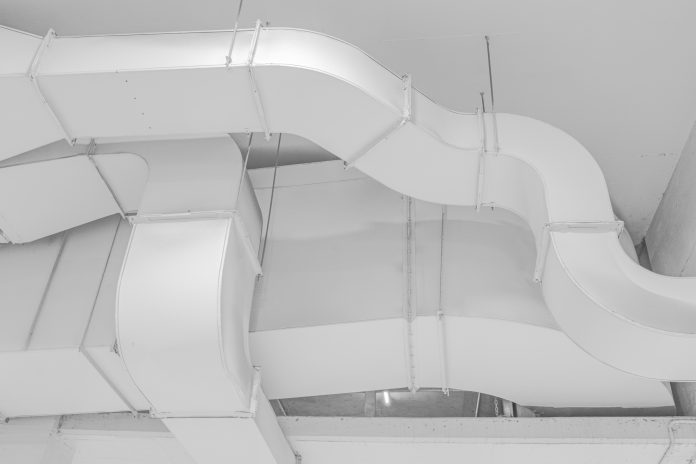Though people have been finding ways to keep their homes cool in the summer and warm in the winter for millennia, it’s difficult to imagine just how daunting that was before the development of modern cooling and heating systems. Have you ever wondered just how your heating and cooling system work? Read on to find out how these systems keep you comfortable all year long. Click here to check more details.
Table of Contents
Your Heating System
The way most homes are heated now is simple. Warmed air, steam, or hot water are moved through pipes or ducts and out through registers or radiators to heat a room. A thermostat controls the temperature.
Heating systems that use forced air are powered by gas, propane, oil, or electricity. When you turn the thermostat on, the oil furnace mixes oil and air ignited by the pilot light in a combustion chamber. Gas or propane are ignited in a burner assembly. Both the oil and air mix or the gas or propane rise into a heat exchanger. At the same time, air from a return duct is added to the heat exchanger. As the air warms, it rises, enters the plenum, and flows into the ducts and out to the registers. The cooled air in the room sinks into the return ducts and is pulled back to the furnace to be reheated.
Things are simpler with an electrical furnace, for they don’t need pilot lights or heat exchangers, nor do they need to be attached to a chimney to allow toxic gases to escape. When you turn on the thermostat, heating elements come on in the electric furnace as they would in an electric stove. The heated air rises and is forced by a blower through the ducts.
Your home can also be heated with a hot water boiler that uses gas or oil. When you turn on the thermostat, gas in the gas boiler goes to a burner assembly where the pilot light ignites it. The hot gas rises through the heat exchanger, where it heats the water. Heating the water cools down the gas, and it’s discharged through an exhaust. When the water reaches its low limit temperature, it starts to circulate. If it becomes too hot, a device called an aquastat turns off the gas control. The boiler’s circulator pump moves cooler return water through the heat exchanger for reheating.
An oil fed hot water boiler works much the same way, though the burner sprays an oil and air mix into a combustion chamber the same way it would in a forced-air system.
The home can also be heated with an air or ground sourced heat pump. The heat pump can bring heat into the house during the winter and be reversed to serve as an air conditioner during the summer months.
Radiant heating is becoming more and more popular. It is made of loops or channels installed under the floor or in the wall where hot water circulates. The system can also be powered by electricity. Radiant heating is silent, heats the room evenly, and is almost maintenance-free. It works especially well in places with tile flooring, such as a bathroom.
Your Cooling System
The cooling system is more complicated than a heating system because its job is to pull heat from the air. To do this, the refrigerant in a compressor is compressed into a hot gas when you turn on the thermostat. Then, the gas is pulled through a condenser, where it turns into a liquid as it’s forced through a heat exchanger by a blower. After that, the cooled liquid enters an expansion valve and expands into cooled gas. This gas flows through the inside heat exchanger. At the same time, another fan pulls warm air through the inside heat exchanger and sends the cooled air into the room.
This is how a window unit air conditioner works. A central unit has its condenser outside and communicates with your furnace to help blow cool air through your house’s ductwork.
Some people cool their homes through a ductless mini-split system. This system is an excellent choice for an older house that never had central air conditioning, as installing ductwork in an older house is expensive and disruptive. Also, cool air can’t leak from the ductwork in a mini-split system, making it more energy-efficient. The evaporators are often installed at the top of the wall, and several of them can be attached to an outside condenser.
A swamp cooler or evaporative cooler is also an option for cooling down a room in your house. This system is simple in that it works when a blower pulls warm, dry outdoor air through pads that are kept wet by a pump. The humidity in the air increases, but its temperature can drop more than 20 degrees Fahrenheit as it cools the room.













